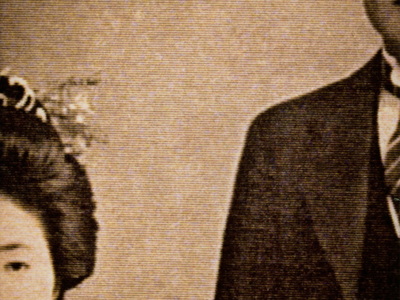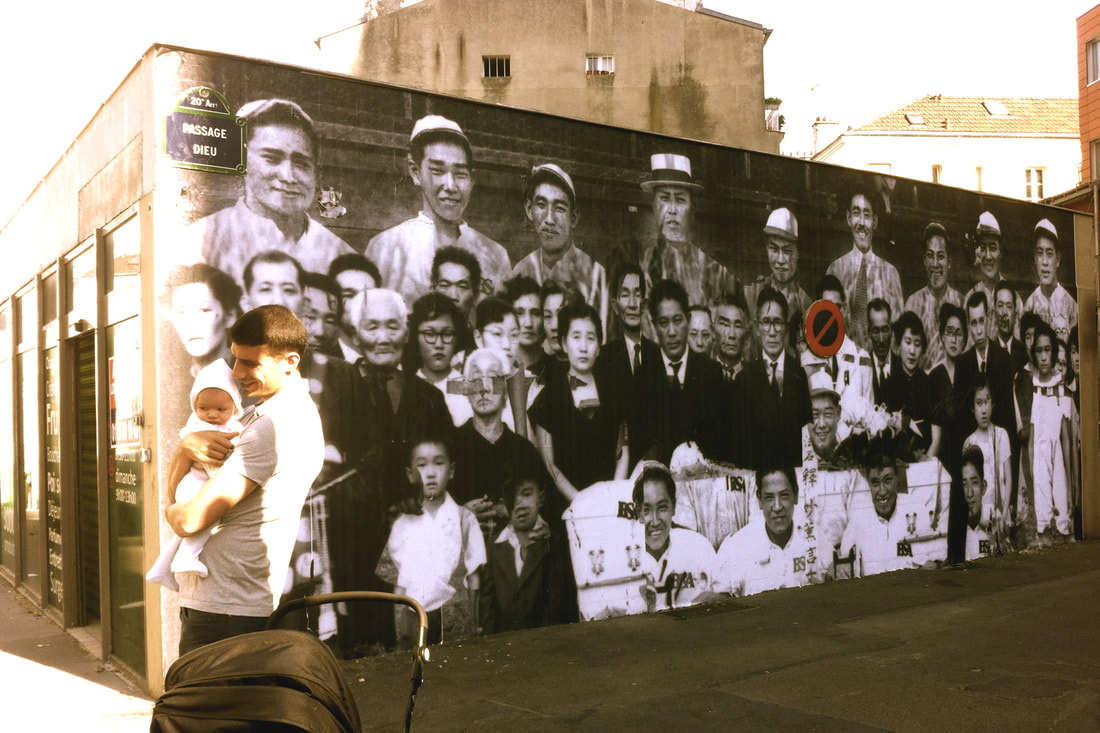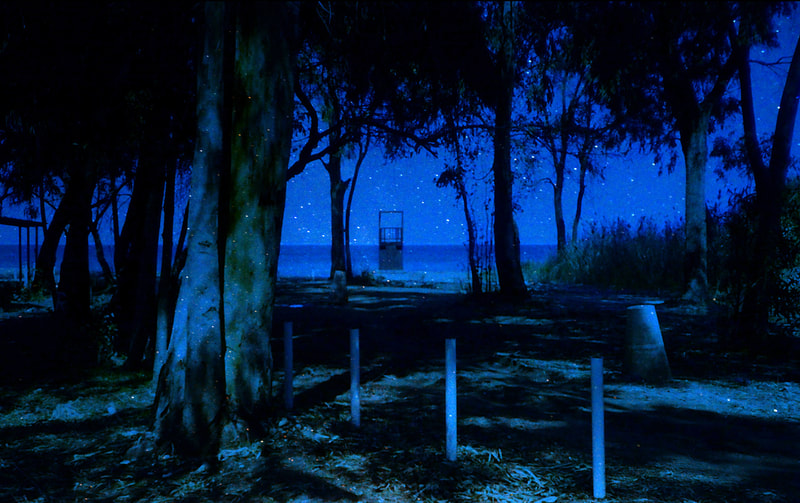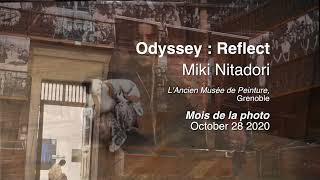The photographs in the suit case, 1900-1950
Transform origin 1895-1960 (estimation)
What does Japan and being Japanese mean to an individual today?
Starting point
Some years ago, a man who lived on Maui, Hawaii called Thomas Hardy returned to France and gave me an old suitcase full of vintage photographs (from 1900 to 1950 approximately) that a neighboring Japanese-descended family had thrown away. Having grown up there, having felt the strength of the Japanese heritage of place, I wish to pay tribute and give renewed value to these photographs in relationship to today.
The summertime was a particularly propitious time to undertake this project, as this is when the “Bon dance” is celebrated. This dance is a Japanese Buddhist custom/festivity to honor the departed (deceased) spirits of one’s ancestors. It is Japanese in origin, but it has endured more in Hawaii than anywhere else. As such is a good example of an enduring Japanese heritage that is uniquely Hawaiian.
Some years ago, a man who lived on Maui, Hawaii called Thomas Hardy returned to France and gave me an old suitcase full of vintage photographs (from 1900 to 1950 approximately) that a neighboring Japanese-descended family had thrown away. Having grown up there, having felt the strength of the Japanese heritage of place, I wish to pay tribute and give renewed value to these photographs in relationship to today.
The summertime was a particularly propitious time to undertake this project, as this is when the “Bon dance” is celebrated. This dance is a Japanese Buddhist custom/festivity to honor the departed (deceased) spirits of one’s ancestors. It is Japanese in origin, but it has endured more in Hawaii than anywhere else. As such is a good example of an enduring Japanese heritage that is uniquely Hawaiian.
The project
The proposed project would arise from the juxtaposition / overlay of photographs discovered in the suitcase. They inspire new images born from immersion in the Japanese-American community of Hawaii today.
I want to follow the daily life of people in this community – watch, listen, photograph, film and record them. Also, to follow the very popular celebrations that take place between June and August, such as the Bon Dance. Theoretically, this is a celebration for ancestors - it is for people to show them the recognition and gratitude they deserve – but it is also the special moment when temples become unique places of conviviality and joy, of sharing and meetings.
I think it would also be interesting to be in Pearl Harbor on August 15th, the anniversary of the end of the war between Japan and the U.S. This is a place of memory for this community, which faces different loyalties.
The photography research and creation will take as its starting point the question, “What does Japan and being Japanese mean to an individual today?”. It will be an observation of transformation and transmission of the traditional culture.
The proposed project would arise from the juxtaposition / overlay of photographs discovered in the suitcase. They inspire new images born from immersion in the Japanese-American community of Hawaii today.
I want to follow the daily life of people in this community – watch, listen, photograph, film and record them. Also, to follow the very popular celebrations that take place between June and August, such as the Bon Dance. Theoretically, this is a celebration for ancestors - it is for people to show them the recognition and gratitude they deserve – but it is also the special moment when temples become unique places of conviviality and joy, of sharing and meetings.
I think it would also be interesting to be in Pearl Harbor on August 15th, the anniversary of the end of the war between Japan and the U.S. This is a place of memory for this community, which faces different loyalties.
The photography research and creation will take as its starting point the question, “What does Japan and being Japanese mean to an individual today?”. It will be an observation of transformation and transmission of the traditional culture.
Context
Hawaii is home to a large community of Americans of Japanese descent. This community is the result of continued immigration that started in 1868 with the arrival of 153 Japanese immigrants who came to work in the sugar cane plantations. A second wave of immigration has added farm workers, artisans and traders; so much so that this territory is now a blend of different generations of Japanese Americans.
Hawaii is home to a large community of Americans of Japanese descent. This community is the result of continued immigration that started in 1868 with the arrival of 153 Japanese immigrants who came to work in the sugar cane plantations. A second wave of immigration has added farm workers, artisans and traders; so much so that this territory is now a blend of different generations of Japanese Americans.
You may be interested in












